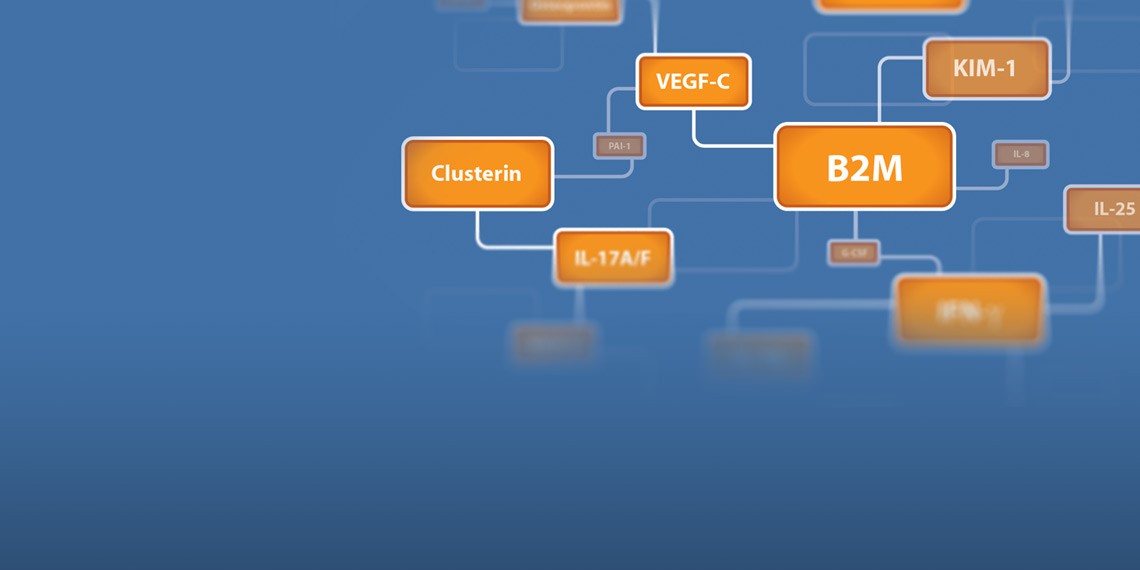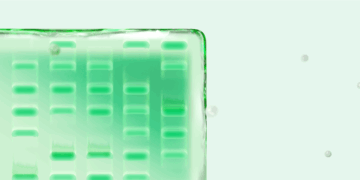Biomedical and pharmaceutical research increasingly requires concurrent measurement of multiple biomarkers to reveal early indications of disease or response to treatment. Multiplex sandwich immunoassays are frequently used to detect these changes because of their excellent sensitivity, ability to interrogate many targets simultaneously and the fact that they require minimal input sample volumes. These assays collect more information per experiment than traditional techniques like ELISAs. As with any technology, generating accurate and reproducible data requires adequate experimental planning, optimization and attention to details.
From the early stages of experimental design through to data acquisition, keeping the following five tips in mind will put you on the right path to generating accurate, efficient and biologically relevant results.
Assay Selection
With many choices available in bead-based multiplex assays, selecting the right panel can be challenging. Begin by considering the targets that are critical to your experiment, and narrow your selections to panels that contain them. A large number of targets can be measured without increasing input sample volume, so consider a panel that contains additional targets in related or parallel pathways. This is especially helpful in early discovery studies, where you want to maximize the chance of identifying all affected biomarkers. Also, consult vendor product data sheets or online tools for information about assay options, working ranges, reproducibility and sample-type compatibility. Considering the complexity of optimizing multiplex panels, choose those with clear performance data and reagents developed specifically for your key targets.
Experimental Controls
Several types of controls can be used for multiplex assays. The key question to ask is: “What am I trying to control for?” Many multiplex assays contain controls within the kit, and these are often made using the same recombinant antigens as the standard curve. Although such controls can help with monitoring variation within the kit reagents, they do not establish consistency between sample measurements, and this can be a very important factor.
The sample matrix is another factor that can influence assay performance—for example, serum can behave very differently from cell-culture lysates, because of their respective concentrations and types of nontarget proteins. Consider identifying an experimental sample with sufficient volume that can be aliquoted and stored appropriately (see below) to be used on each assay plate. Ideally, this would be a sample with analyte concentrations that are representative of your experimental samples.
Sample Collection and Handling
Careful sample collection and handling can reduce the chance of introducing variation into your final results. With serum or plasma samples, try to schedule blood collection at the same time of day to reduce the impact of diurnal variation.
Maintaining consistency in sample types across the experiment is also critical. Plasma and serum, for example, can yield different results even from the same blood draw. Different anticoagulants used in plasma collection can impact measurements, so maintaining consistent anticoagulant selection within experiments is preferred. Furthermore, when using plasma samples, avoid heparin, as it can reduce the apparent concentration of some cytokines.
Adherence to a well-defined sample-handling and -processing workflow, including time durations and temperatures for each step, will help ensure consistent results. Remember that many biomarkers are sensitive to freeze-thaw cycles, so steps should be taken to minimize the exposure of samples to different temperature conditions.
Replicates
The question of how many sample replicates to run on a plate comes up frequently, and the decision is best driven by the focus and goals of the experiment. It might be tempting to run each sample in only a single well, but running samples in duplicate allows for the calculation of sample variation (%CV), and thus provides a measure of the precision of the assay. If triplicate wells are run, high %CV caused by technical error can usually be identified as an outlier well, and that well can be removed from analysis. All sample data concentrations are derived from standard curve measurements, so it is very important to run standards and blanks in duplicate or triplicate to be certain of the precision of these critical measurements.
Follow the Protocol
After you’ve determined which multiplex assay to use and optimized the assay’s performance, it is critical to closely follow the protocol. Variations in incubation times, reagent or sample volumes, plate-shaking speed and temperatures can all influence the resulting data. This impact can be amplified over multiple plate runs. Consider choosing assays with defined incubation times, and be sure to set a timer for each incubation step. Close may be good enough in a game of horseshoes, but aim to follow your multiplex immunoassay protocols precisely, and you’ll be on your way to success.
Available Solutions
When it comes to selecting an immunoassay, researchers have many options. The benefits of being able to multiplex your immunoassay come not only from being able to examine multiple targets in a single experiment, but also from the ability to conserve precious samples, which ultimately results in more comprehensive testing. By following the tips and guidance we have provided, you will be able to better optimize your multiplex immunoassays. Bio-Rad offers the Bio-Plex® Immunoassay System, powered by Luminex xMAP technology. This comprehensive system features a wide selection of optimized, off-the-shelf assay solutions, instruments and software designed to deliver high-quality multiplex immunoassay data quickly and efficiently.
xMAP and Luminex are trademarks of Luminex Corporation.
First posted on biocompare.com on November 29, 2016.




